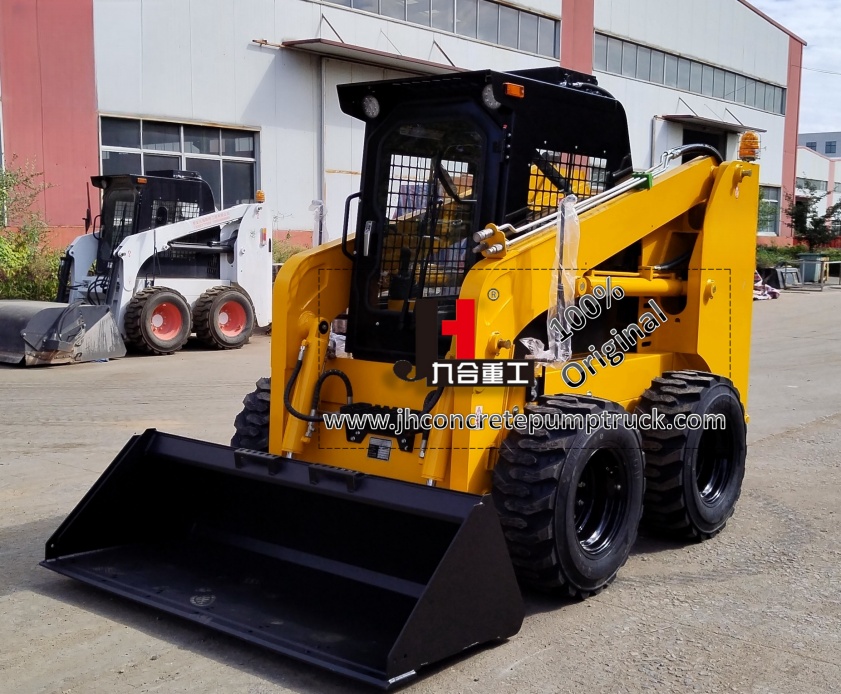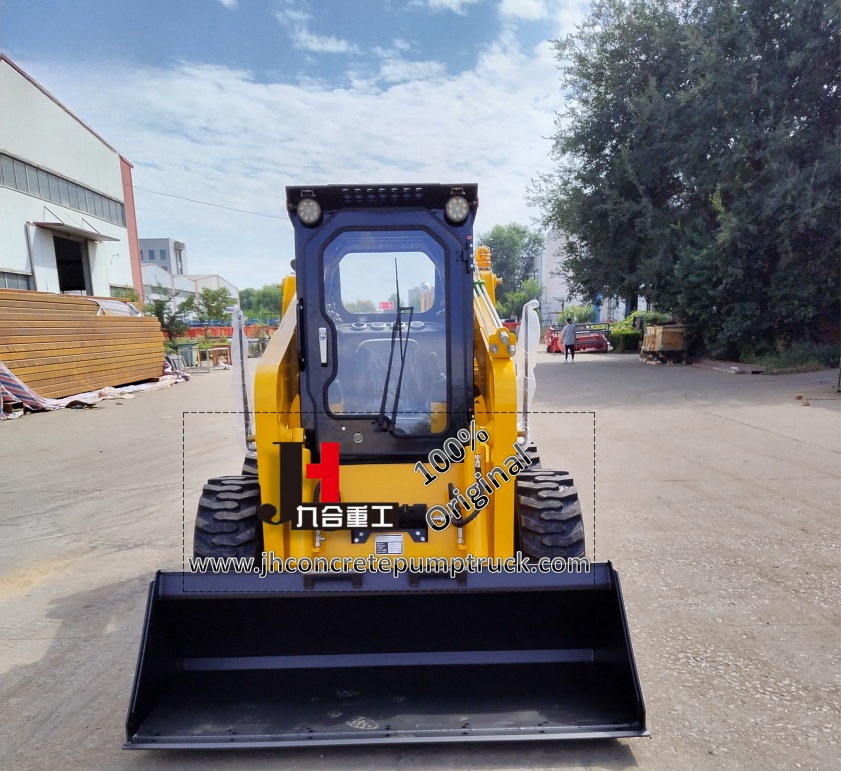News
Design principle of sliding loader
Jan. 30, 2024
Sliding loader, also known as sliding loader, multi-function engineering vehicle, multi-function engineering machine, is a wheeled special chassis equipment that uses the difference in wheel line speed on both sides to achieve vehicle steering. The advantage of slip loaders is that they are especially suitable for operation in narrow places such as urban infrastructure, roads or construction sites, plant workshops, warehouses, docks, ship decks and even cabins.
Design principle of slip loader:
Wheel base and wheelbase. Two concepts will be involved here, TreadWidth refers to the center distance between the two sides of the wheel (between the left and right wheels of the car). Wheelbase refers to the distance between the center of the front and rear axles and the axle of the front and rear wheels. In the design of slip loader, if the wheelbase is too short, it will cause the problem of small power required for mechanical rotation, poor stability, and small rated load, but if the wheelbase is too long, although the stability is increased, the rotation is relatively difficult, and more power is required, it will also cause tire wear too fast and the walking parts are stressed.
The wheel base determines the lateral stability and slip of the vehicle body, and the optimized wheelbase ratio of the slip loader is about 1.4:1. The optimized wheelbase ratio can provide the machine with better stability, optimized steering performance, and reduce energy loss and tire wear.
Slip loader is a machine with lifting arm, strong body, engine, can be installed a variety of accessories for operation, flexibility, independent drive on both sides, power, load, load balanced configuration distribution. The power is generally 20 ~ 50 kW, the mass of the main engine is 2000 ~ 4000 kg, the speed is 10 ~ 15 km per hour, and the sliding loader is mainly used for the small working site, the ground is uneven, and the operation content changes frequently. It is suitable for infrastructure construction, industrial applications, dock loading and unloading, urban streets, houses, barns, livestock houses, airport runways, etc., and can also be used as auxiliary equipment for large-scale engineering construction machinery.








